What’s Really Limiting Thoracic Spine Rotation? – Dr. Greg Schaible
It’s no secret that rotational power in sport is imperative to a successful athlete. Much emphasis has been placed on
making sure an athlete has adequate thoracic rotation to complete the task.
Many coaches have probably noticed that a decent number of athletes have poor thoracic rotation. Or they achieve thoracic rotation in a compensatory way. The purpose of this article is to show you how many athletes compensate and what to consider biomechanically when someone does rotate through the T-spine.
The most common way people will look at T-spine rotation (aside from directly watching a sport or lifting movement), is through a quadruped rock back position shown below to try and limit lumbar and pelvis contribution. In general you are shooting for around 60 degrees give or take.

I like the hips rock back to butt position because they are less likely to compensate. However, you will see a lot of athletes cheat the test by simply side bending or shifting their body weight to the side. As you watch the athlete perform this, the two most common compensations I see are:
1) The shoulders shift laterally outside base of support. In the case of the picture above, you would see the left shoulder shift laterally toward the left and move outside the knee and hip.
2) The hips/butt shift laterally outside base of support.
3) In general, you want to see a uniform motion as opposed to a large hinge point that is noticeable through the spine.
When considering rotation, we need to appreciate what is happening at the ribcage as well. When someone rotates to the right the contralateral ribs will IR and the ipsilateral ribs will ER.
Another way to look at it is that the ribs that ER should be moving in the direction an individual is rotating. Realize as well that during normal respiration, expansion and recoil of the ribcage should happen. On inhalation the ribs will ER and on exhalation the ribs with IR. Respiration will have an impact on one’s ability to rotate or lack rotation.
A simple way of addressing this is through a rotation-based activity and utilize isometric holds at end range with respiration. See video below:
The purpose of this would be giving the athlete some assist to achieve their capable ROM. Then demanding control at the end range by including respiration. On inhale you breathe into the top side ribcage (ribs that are ER’ing). On exhale you should feel more down side ribcage activity happening (ribs that are IR’ing). This would help facilitate the IR/ER relationship of the ribcage we are striving for.
To see examples of other positional based isometric exercises that demand control, coordination, and variability check out my previous articles the stretching conundrum part 1 and 2.

Dr. Greg Schaible is a physical therapist and strength coach specializing in athletic performance. Greg is the owner of On Track Physiotherapy and owner of the popular online education resource Sports Rehab Expert. Greg works with athletes and active individuals of all ages. As a former athlete himself, he attended The University of Findlay and competed in both Indoor and Outdoor Track & Field where he earned honors as a 5x Division II All-American and a 6x Division II Academic All-American.
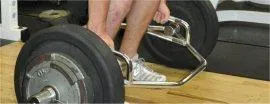
High School Strength Coach Certification
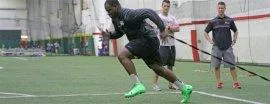
Certified Speed & Agility Specialist
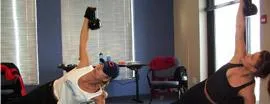
Kettlebell Instructor Course
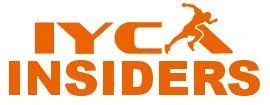
IYCA Insiders - Exclusive Access
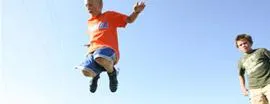
Youth Fitness Specialist Certification

Long Term Athlete Development

Youth Nutrition Specialist Certification

Copyright © 2008 - 2025 International Youth Coaching Association. All Rights Reserved
|
|

